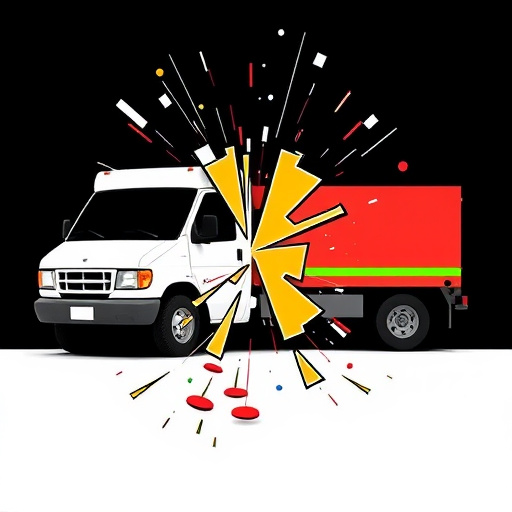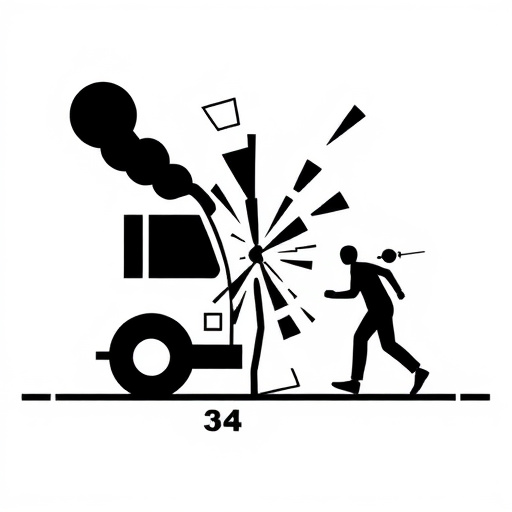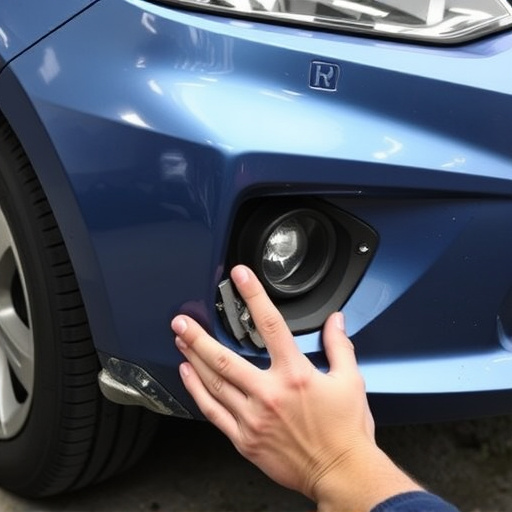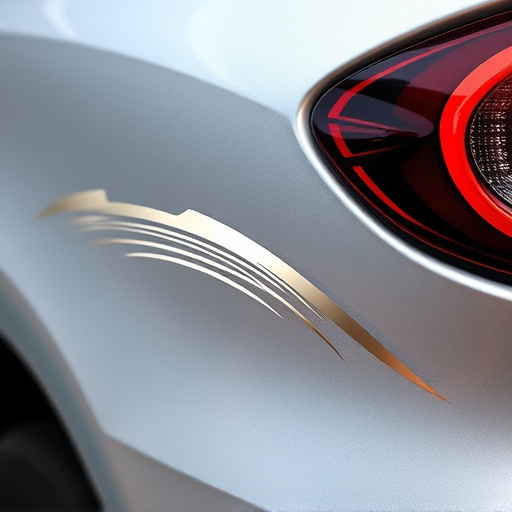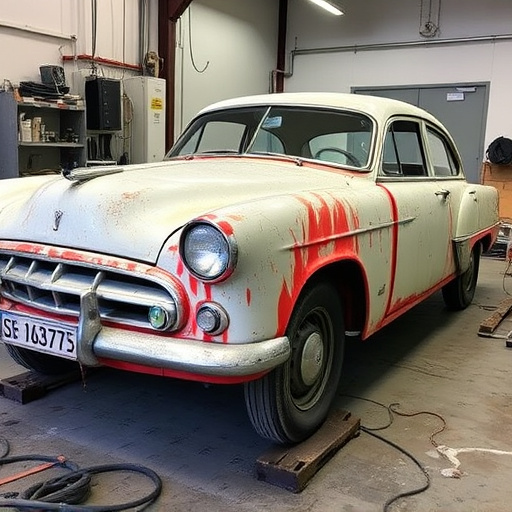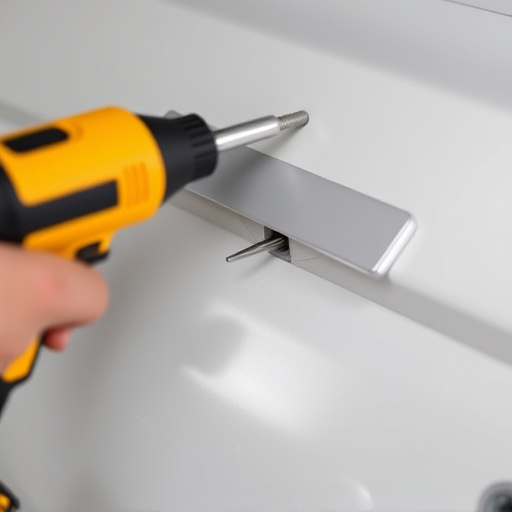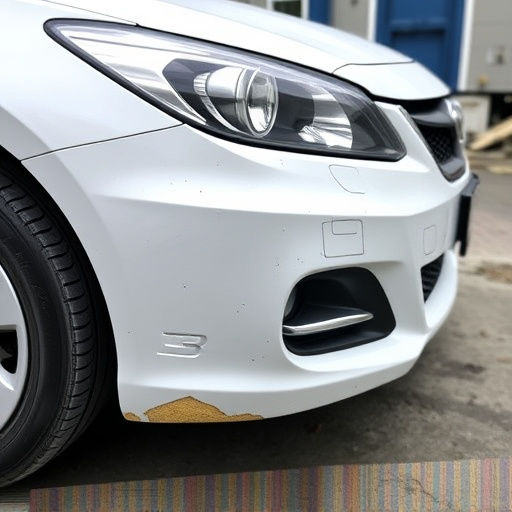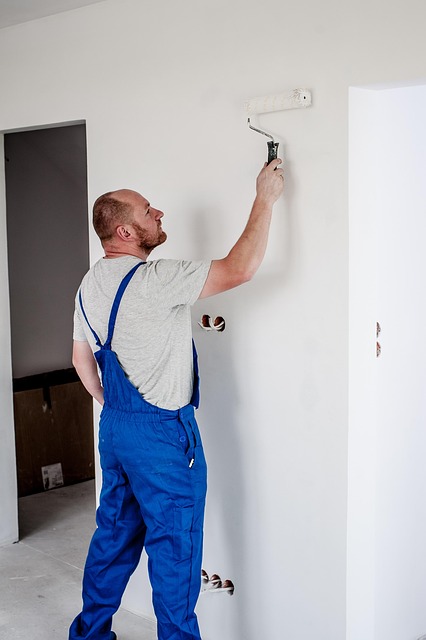Photo documentation is vital in vehicle repair and fleet maintenance for recording car conditions, especially structural damage. It aids precise repairs, serves as permanent records for insurance claims and warranties, enhances transparency, and improves communication. A repair documentation service is critical for accurate assessments, reducing disputes, streamlining claims management, and facilitating faster resolutions. These services are essential for tracking restoration progress, especially during complex repairs like fender or bumper work, ensuring factory-like finishes through detailed records of parts, measurements, and techniques.
In the realm of structural repairs, meticulous photo documentation is key. This comprehensive guide explores the intricacies of repairing frame and structural damage, focusing on the power of visual evidence in claim processes. We delve into best practices for an efficient repair documentation service, ensuring thorough record-keeping and seamless communication between professionals. By understanding the importance of photo documentation, homeowners and contractors alike can navigate repairs with confidence, fostering a smoother, more transparent process.
- Understanding Photo Documentation for Repairs
- The Role of Visual Evidence in Structural Claims
- Efficient Repair Documentation Service: Best Practices
Understanding Photo Documentation for Repairs

Photo documentation plays a pivotal role in any repair process, especially for vehicle repair services and fleet maintenance. It serves as a comprehensive visual record of a car’s current state, particularly when dealing with frame and structural damage. This is crucial for several reasons, one being that it facilitates precise and accurate repairs. By taking detailed photographs from various angles, repair documentation services ensure every aspect of the vehicle’s condition is captured, allowing technicians to make informed decisions.
Moreover, this process acts as a permanent record, which is invaluable for insurance claims, warranty purposes, and future reference. For car bodywork that has sustained significant damage, these photos become essential tools in justifying the extent of repairs required. They provide a clear visual history, ensuring transparency and facilitating effective communication between repair shops, customers, and insurance providers.
The Role of Visual Evidence in Structural Claims
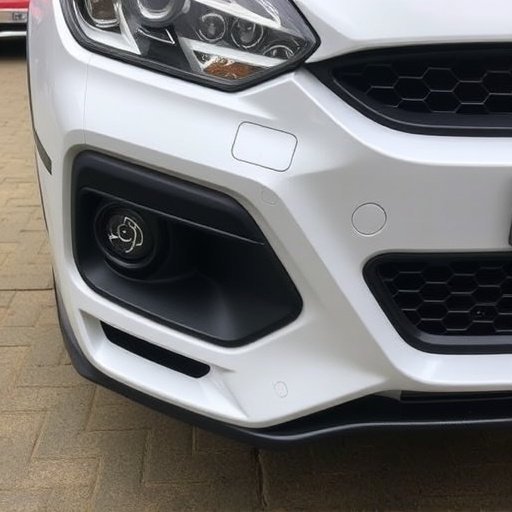
Visual evidence plays a pivotal role in structural claims, serving as the foundation for accurate assessments and fair settlements. In the context of vehicle damage, such as dents or bumper repairs, repair documentation services become indispensable tools. Detailed photographs capture every angle and imperfection, providing a clear picture of the extent of the frame and structural damage. This visual record not only assists insurance adjusters in their evaluations but also ensures that all parties involved have a transparent understanding of the issue at hand.
For instance, when it comes to complex cases like frame straightening, repair documentation offers irrefutable proof of the initial condition and the successful outcome of the repairs. Insurers can cross-reference these documents with workshop reports, confirming the accuracy of the claimed work. This process streamlines claims management, reduces disputes, and facilitates a quicker resolution, ultimately benefiting both policyholders and insurance providers.
Efficient Repair Documentation Service: Best Practices

An efficient repair documentation service is a cornerstone for any reputable auto repair shop. It ensures that every step of the restoration process is meticulously recorded, facilitating accurate tracking of progress and facilitating future reference. This becomes especially critical when dealing with complex tasks such as fender repair or bumper repair, where precise measurements, part replacements, and structural adjustments are essential for achieving a factory-like finish.
Best practices in repair documentation service involve using high-quality photography to capture before-and-after images of the damage and the repair work. Detailed notes on the materials used, labor hours, and specific techniques applied should accompany these visuals. Additionally, maintaining a digital record system enables easy access, sharing, and updating of information, ensuring transparency and quality control for both the workshop and the client.
In today’s digital age, proper repair documentation service is more vital than ever for efficient structural claim processes. By utilizing visual evidence and detailed photo documentation, professionals can navigate complex claims with ease. Understanding the significance of each step ensures a seamless transformation process, from assessing frame and structural damage to successful repairs. Embracing best practices in documentations services revolutionizes the industry, fostering transparency and swift resolutions for all parties involved.
